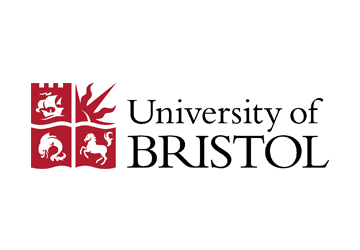DISTINCTIVE is a multi-disciplinary collaboration of 10 universities and 3 key industry partners from across the UK’s civil nuclear sector.

PhD/PDRA – PhD
Academic Leads – Tom Scott and Ross Springell
Researcher: Sophie Rennie
University – University of Bristol
This project will seek to understand the surface reactivity of UO2 in simulated dry and wet environments and under irradiation. Specifically we seek to better quantify photocatalytic phenomena that have recently been observed in preparatory experiments. Under irradiation we have observed significantly increased rates of oxide dissolution and surface-mediated splitting of water. Such issues of physical and chemical materials behaviour are of direct relevance to the safe disposal of spent nuclear fuel in both dry and wet environments. The research will combine surface analysis studies of different UO2 surfaces with oxidation, hydrogenation, hydrolysis and radiolysis/photocatalysis experiments.
At Bristol University we have an internationally unique facility, which enables us to synthesize and characterise thin film samples of uranium metal and uranium containing compounds in single and polycrystalline form. The proposed project will also extend our capability, allowing us to make thin films of UO2 from minute targets of spent fuel, using the pulsed laser deposition (PLD) technique. The targets will be prepared at the NNUF and have an acceptable activity for transport and acceptance by the University. Furthermore, the arising SNF thin films will have significantly lower activity and provide invaluable for the project in Bristol, but also provide feedstock samples for other institutions across the consortium.
Back to Top